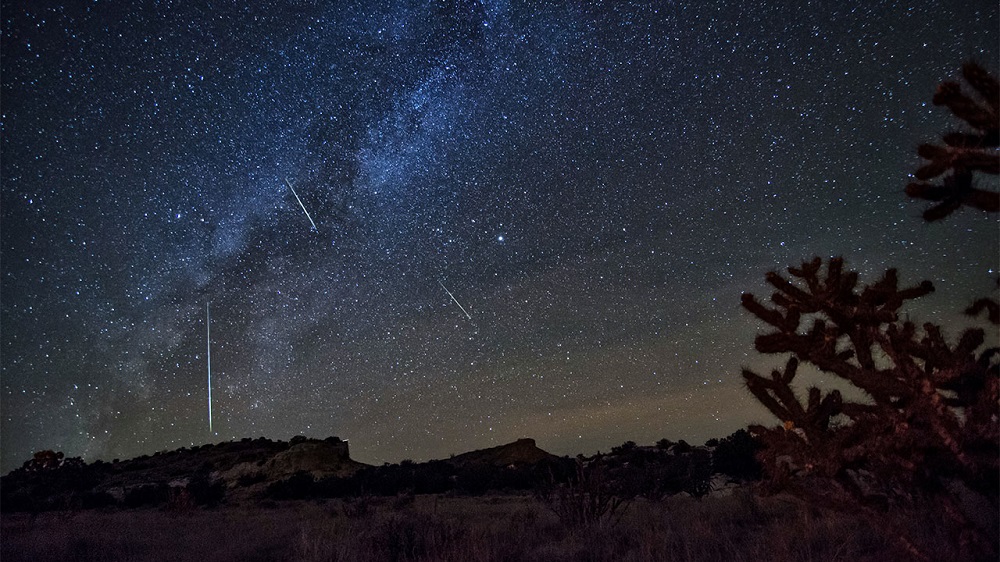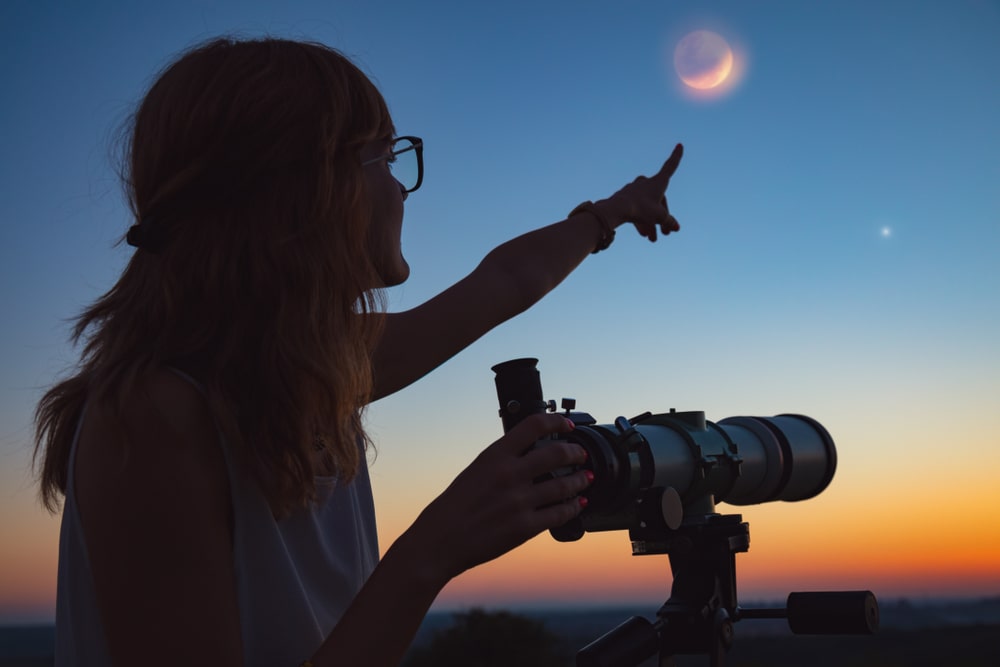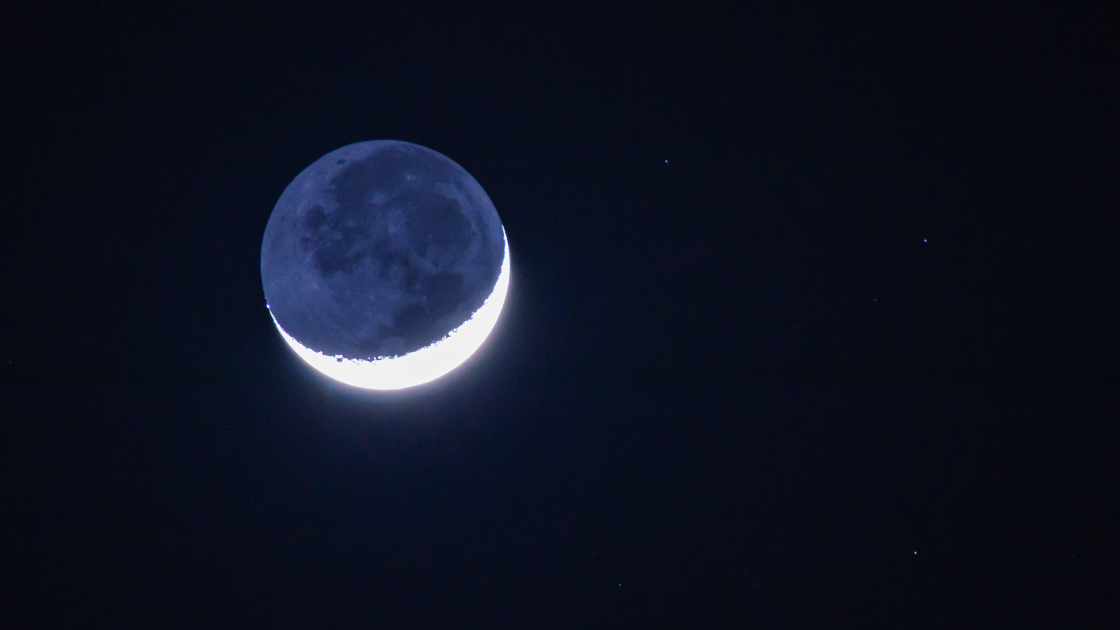Stargazers’ Delight: Orionid Meteor Shower Hits Its Peak on October 21
October 2023

The night sky has always fascinated humanity, offering a canvas of twinkling stars and celestial wonders. One of the most eagerly anticipated celestial events is the Orionid Meteor Shower, an annual display of shooting stars that graces our skies each October. This year, mark your calendars for October 21st, when the Orionids will reach their dazzling peak, promising a celestial spectacle that’s not to be missed.
What Are the Orionid Meteors?
The Orionid Meteor Shower is named after the constellation Orion, as these meteors seem to radiate from a point near Orion’s bright star, Betelgeuse. But the true source of the Orionid meteors is none other than Halley’s Comet, one of the most famous comets in history. As Halley’s Comet orbits the Sun, it leaves behind a trail of debris composed of dust and tiny particles. When Earth passes through this debris field in late October, these particles burn up in our atmosphere, creating the beautiful streaks of light we know as meteors or “shooting stars.”
Why the Orionids Are Special
The Orionid Meteor Shower is a favorite among stargazers for several reasons:
- Consistent Performance: The Orionids reliably produce around 20 to 25 meteors per hour at their peak, making it one of the most active meteor showers of the year.
- Bright and Swift: Orionid meteors are known for their brightness and speed, often leaving long-lasting trails in the night sky. Their vivid streaks are sure to capture your attention.
- Unique Origin: The connection to Halley’s Comet adds an extra layer of fascination. Seeing the remnants of this famous comet streak across the sky is a rare treat.
How to Enjoy the Orionid Meteor Shower
If you’re planning to witness this celestial spectacle, here are some tips to make the most of your experience:
- Find a Dark Spot: Light pollution from city lights can diminish the visibility of meteors. Head to a dark, open area away from urban areas for the best view.
- Check the Weather: Ensure that the weather forecast is clear for the night of October 21st in your location. Cloudy skies can obscure the meteor shower.
- Arrive Early: Give your eyes some time to adjust to the darkness. It takes about 20-30 minutes for your vision to adapt fully.
- Bring Essentials: A reclining chair or blanket, snacks, warm clothing, and maybe some hot beverages will keep you comfortable during your stargazing adventure.
- Patience Is Key: Meteor showers can be unpredictable, so be patient. It may take a while before you spot your first shooting star, but the wait is always worth it.
Conclusion
The Orionid Meteor Shower on October 21st promises to be a mesmerizing celestial event, offering a chance to connect with the cosmos and marvel at the wonders of our universe. Whether you’re a seasoned astronomer or just someone who appreciates the beauty of the night sky, this meteor shower is an opportunity to make unforgettable memories.
So, mark your calendar, prepare your stargazing gear, and get ready for an awe-inspiring display of shooting stars. The Orionids are coming, and they’re sure to leave you starstruck!






